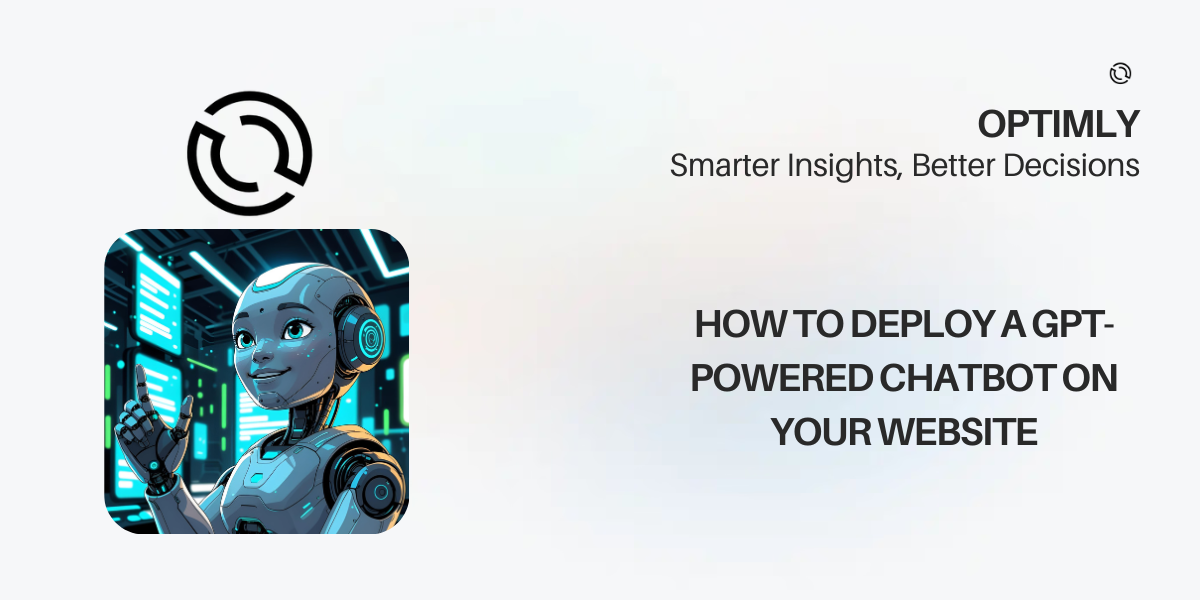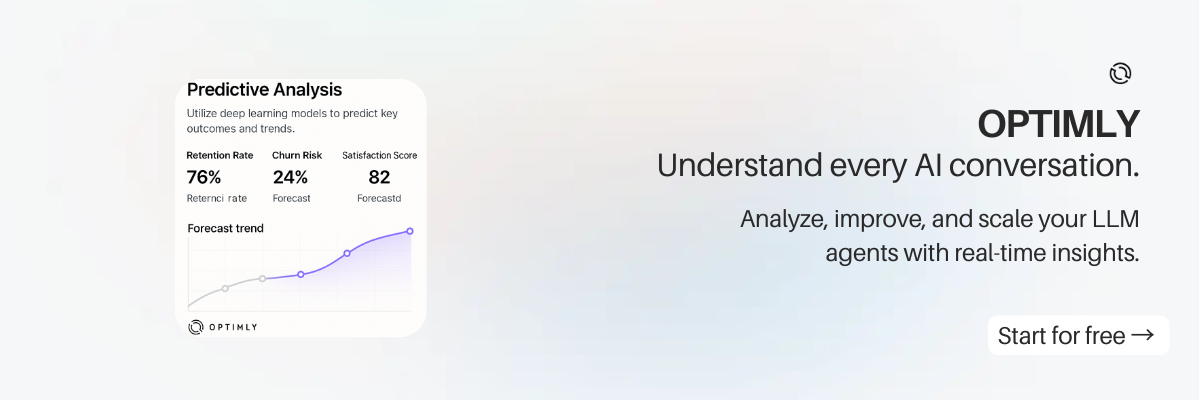How to Deploy a GPT-Powered Chatbot on Your Website

Introduction
Adding a GPT-powered chatbot to your website can transform how you support, engage, and convert visitors. These AI chatbots use advanced language models to answer questions, guide users, and automate tasks—24/7, with natural, human-like conversation.
This guide walks you through the process of deploying a GPT-powered chatbot on your website, from planning and setup to launch and improvement. No prior coding experience required.
What Is a GPT-Powered Chatbot?
A GPT-powered chatbot uses a large language model (like OpenAI’s GPT-4) to understand and respond to user messages. Unlike rule-based bots, GPT chatbots can:
- Handle open-ended questions
- Understand context and intent
- Generate natural, helpful replies
- Learn from your business knowledge and FAQs
Why Add a GPT Chatbot to Your Website?
- Instant support: Answer questions any time, even outside business hours
- Lead generation: Capture emails, book meetings, and qualify prospects
- Reduce workload: Automate repetitive queries and free up your team
- Personalization: Tailor responses to each visitor’s needs
Planning Your Chatbot
Before you start, consider:
- Goals: What do you want your chatbot to achieve? (Support, sales, onboarding, etc.)
- Audience: Who will use it? What are their common questions?
- Knowledge: What info should it have? (FAQs, product details, policies)
- Tone: Should it be formal, friendly, or playful?
Step 1: Choose a Platform
To deploy a GPT-powered chatbot, you’ll need a platform that supports large language models and website integration. Look for:
- Easy setup (no-code or low-code)
- Customizable knowledge base
- Website embed options
- Analytics and improvement tools
Step 2: Set Up Your Chatbot
- Create an account on your chosen platform (e.g., Optimly).
- Create a new chatbot agent.
- Add your business knowledge: Upload FAQs, documents, or write custom answers.
- Customize the chatbot’s personality and welcome message.
- Test the chatbot using the built-in console to ensure it answers as expected.
Step 3: Embed the Chatbot on Your Website
- Go to the Integrations or Embed section in your chatbot platform.
- Copy the provided code snippet (usually JavaScript or iframe).
- Paste the code before the closing
</body>tag on your website. - Save and publish your site. The chatbot should now appear as a chat bubble or widget.
- Works with most website builders (WordPress, Wix, Shopify, Webflow, custom HTML, etc.)
- You can usually customize the chat bubble’s color, position, and greeting
Step 4: Monitor and Improve
- Use analytics to track conversations, common questions, and user satisfaction
- Update your knowledge base as new questions arise
- Refine responses and add integrations (lead forms, appointment booking, WhatsApp, etc.)
Best Practices
- Be transparent: Let users know they’re chatting with AI
- Escalate when needed: Offer a way to reach a human for complex issues
- Review conversations: Regularly check logs to improve accuracy
- Respect privacy: Don’t collect sensitive info unless you have proper security
Frequently Asked Questions
Do I need to know how to code?
No. Most modern platforms offer no-code setup and easy embedding.
Can I use my own GPT model?
Some platforms let you connect your own API key or use their built-in models.
Will it work on any website?
Yes, as long as you can add a code snippet to your site.
Can I connect to other channels (WhatsApp, Messenger, etc.)?
Many platforms support multi-channel deployment.
Get Started Free with Optimly
Want to deploy a GPT-powered chatbot in minutes? Sign up free and launch your first AI chatbot today!

